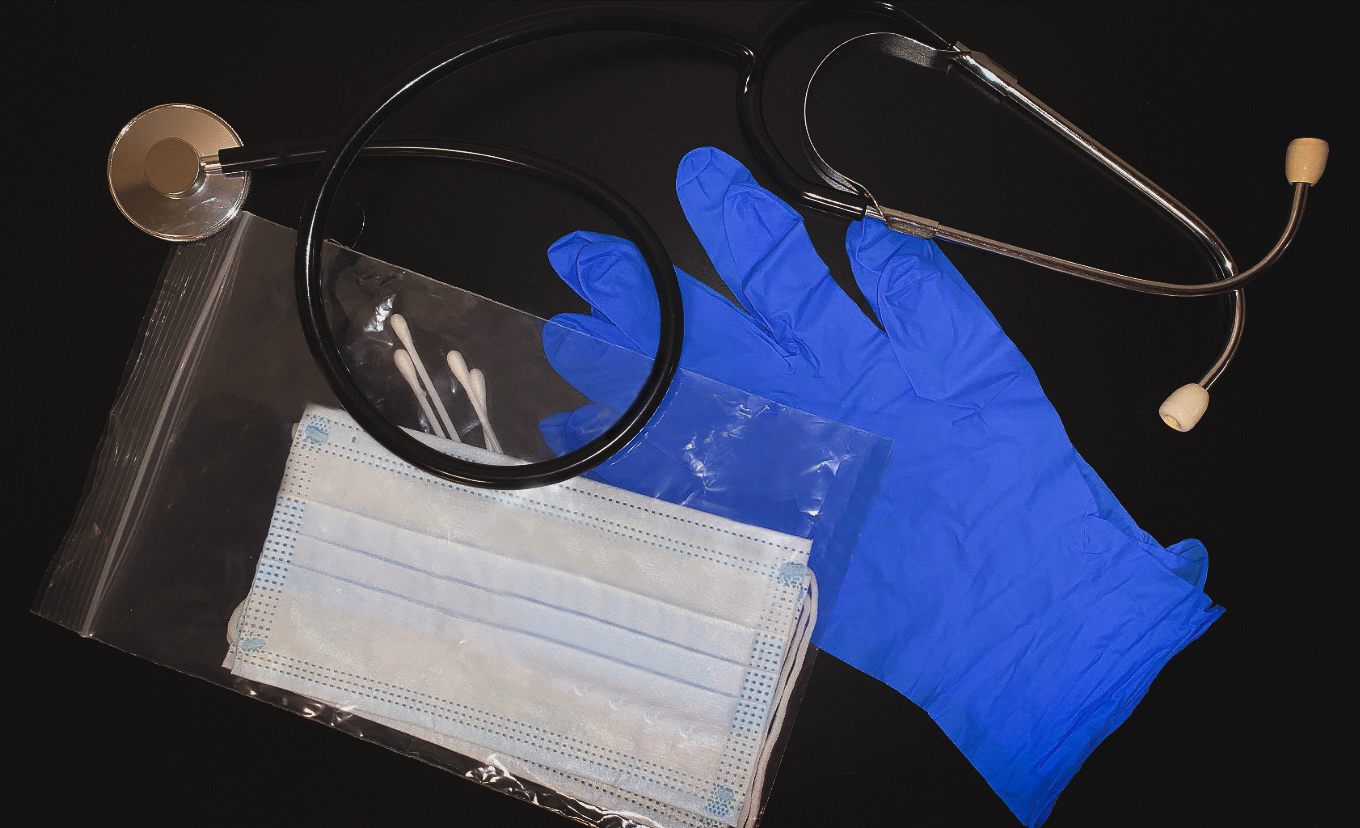In early September, Health Canada reversed its stance on at-home testing for COVID-19. Health Canada is now reviewing applications from manufacturers for approval of at-home test kits.
As the pandemic drags on with fear of a second wave, which would amplify the annual flu season, the ability to have COVID-19 tests in the comfort of our home will play a central role in frequent screening of potential carriers. Various kinds of at-home tests, including a gentler nasal swab, are already available to our neighbours south of us, as well as in the United Kingdom and other countries.
It is important to note that these at-home tests are not meant to be definitive. The results are not as accurate as the “gold standard” test known as the Polymerase Chain Reaction (PCR), which involves the dreaded nasal swab, Dr. Howard Njoo, deputy chief public health officer, pointed out.
The previous decision to not allow home kits stemmed from the idea that individuals may misuse them to investigate their symptoms.
However, these at-home tests will be used for screening purposes meant to test larger populations and less critical situations including workplaces, shared housing, and visitors in public places. This would allow individuals to collect their own samples, which are then sent to a lab, and “spur the development of new tests to detect the virus at home,” reported CBC.
Dr. Njoo stated that the PCR will still be used in critical scenarios. “For example a sick person in intensive care in the hospital or someone who is symptomatic in a long term care facility.”
Even though measures are still in place for social distancing, having a quick and accessible test can contribute to helping curb the spread.
The convenience of at-home testing should increase the public’s willingness to get tested.
York students have expressed delight towards obtaining the at-home test kits because it can help them determine the measures they need to take, especially when living on campus with other roommates.
“I believe the at-home COVID-19 test should have been there since the beginning,” says Tom Guo, a third-year computer science student who is currently living in the Village with roommates.
The convenience of at-home testing should increase the public’s willingness to get tested, as some people are afraid of going to an assessment centre in fear of getting infected there, or not wanting to be recognized by their friends or co-workers,” continues Guo.
Others like Abdullah Rao, a third-year computer science student who takes the TTC to York, would be concerned if classes proceed in person for the winter semester as that would require hundreds of students taking public transportation
“People on the bus sit close and students usually cluster in spaces, especially if it is a group of friends,” says Rao.
“I see groups of people literally standing over other people. The worst is when you get on the bus late and someone is coughing a lot because they are sick and you have no choice but to sit with them because there’s no other space,” he adds.
As cases continue to climb and long lineups at the designated testing centres continue to persist, we see that these home test kits for COVID-19 can make a significant difference for curbing potential spread and maintaining healthy conditions in the home, workplace, or other shared spaces.
“As long as these kits are accurate, having it as an option is only going to contribute to flattening the curve,” says Guo.
There have even been talks about using a faster COVID-19 screening test in businesses that require close encounters such as massage therapy and simple medical procedures, to name a few.


